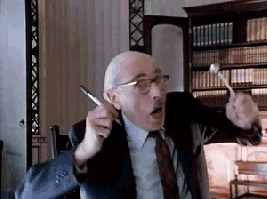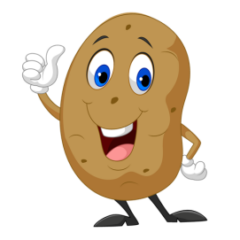
In past ‘In the Name of Science’ experiments I’ve tested how long an OWA/W12 needs to marry and if a bourbon really changes in the bottle once opened. In 2019, I plan on testing some other theories:
-First on the testing block will be secondary cask finished ‘bourbons’. Angel’s Envy was the first widespread release of a bourbon finished in a port wine barrel but now the shelves are full of such products. These whiskies are no longer bourbon but are class type 641 – whiskey specialties. The catch is the TTB allows producers to state Bourbon on the front label if they also state what was done to it. So ‘KY Straight Bourbon with added yellow food coloring’ could appear on a label.
My theory is I can replicate, or even surpass, these whiskies by just adding small amounts of the secondary product directly to a bottle and allow it to marry for at least 30 days. In many cask finished bourbons the secondary cask finishing times are often very short. Also, producers have been known to recharge their secondary barrels – after emptying they add some additional port/sherry/etc back to barrel before refilling with bourbon.
For the test, I will make 3 whiskies employing my method starting with standard everyday available bourbons. I will purchase 3 well known secondary cask finished bourbons. I plan to also limit my 3 to half the retail cost of their commercial counterparts. I will have a group of 10 testers to blind taste and score each whiskey.
-Second test, does leaving a glass of whiskey out for 30 minutes change the taste? I often hear friends say they like to leave a pour sitting out before drinking. For this test we will compare a pour that sits out vs a fresh pour from a bottle. Like my prior tests this will be a 3-sample triangle blind taste test. Glasses used will be Glencairns. I have not picked the bourbon for the test but it will probably be something with a little higher proof, possibly between 110 and 120. My guess is tasters will be able to tell a difference as I believe enough alcohol will evaporate to a point that it is perceptible.
-Third test – Does the water used to cut a bourbon to proof noticeably change the taste? Most producers use as pure as water as possible post distillation to cut to proof prior to barreling as well as before bottling. However, a few are starting to tout their water source used to cut proof for bottling as a key part of their process. For the test I will choose a high proof bourbon and cut it to proof with some different waters. Distilled water will be the control water that should have no effect on flavor. There are a couple of waters being used I’d like to obtain samples for testing.
What other drinking for science projects would you like to see tested?
